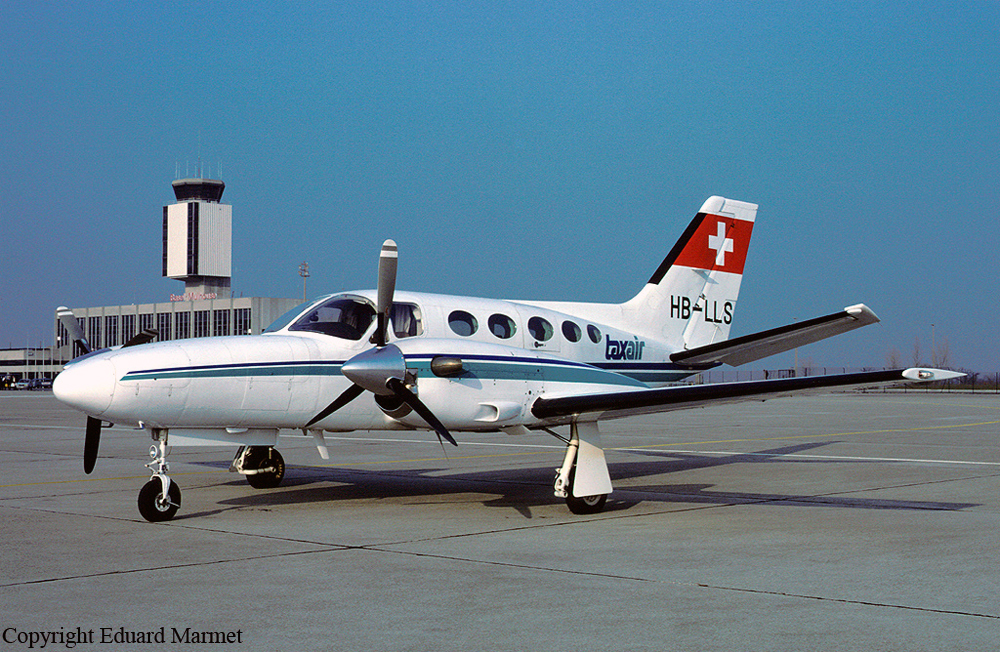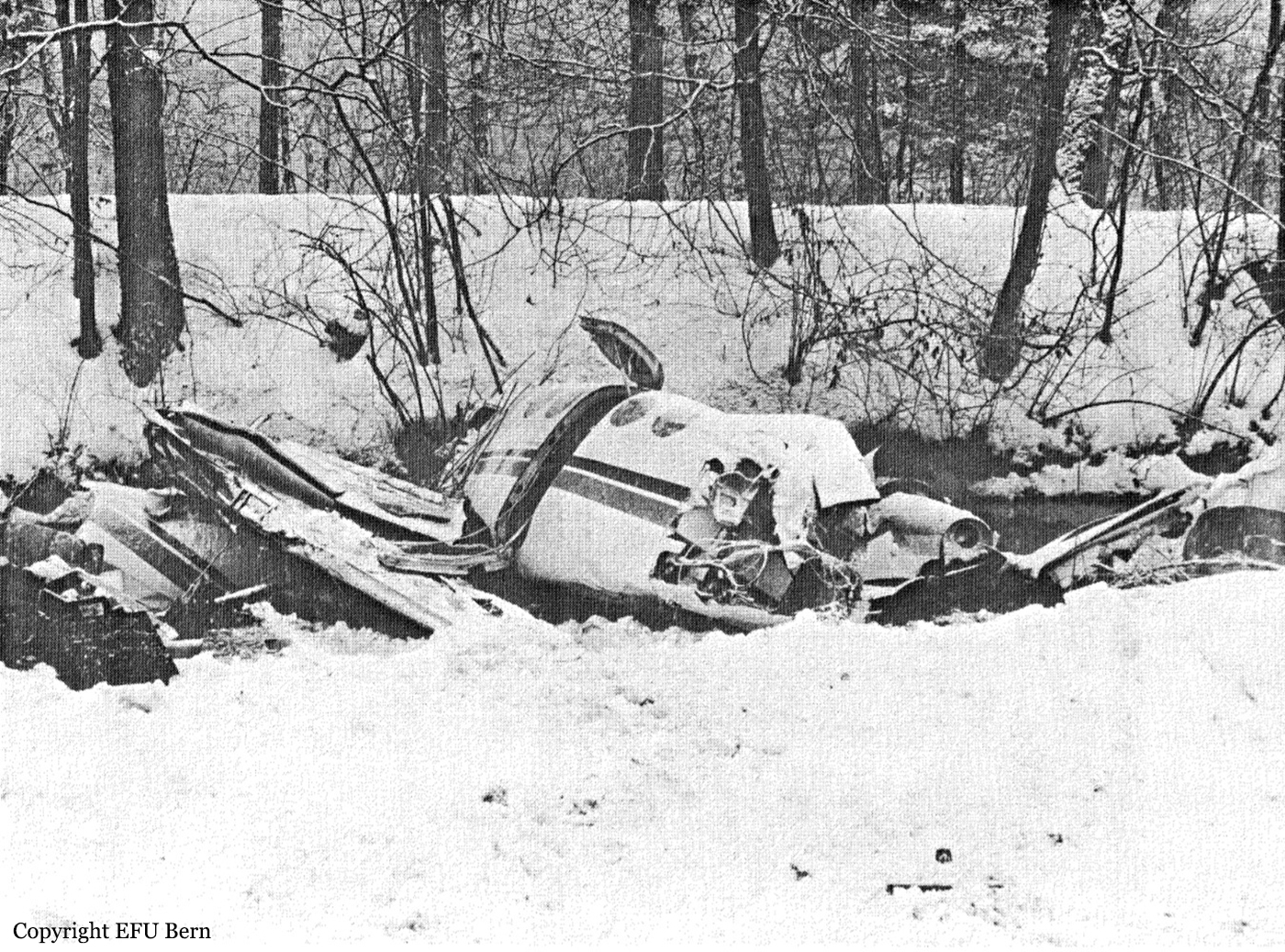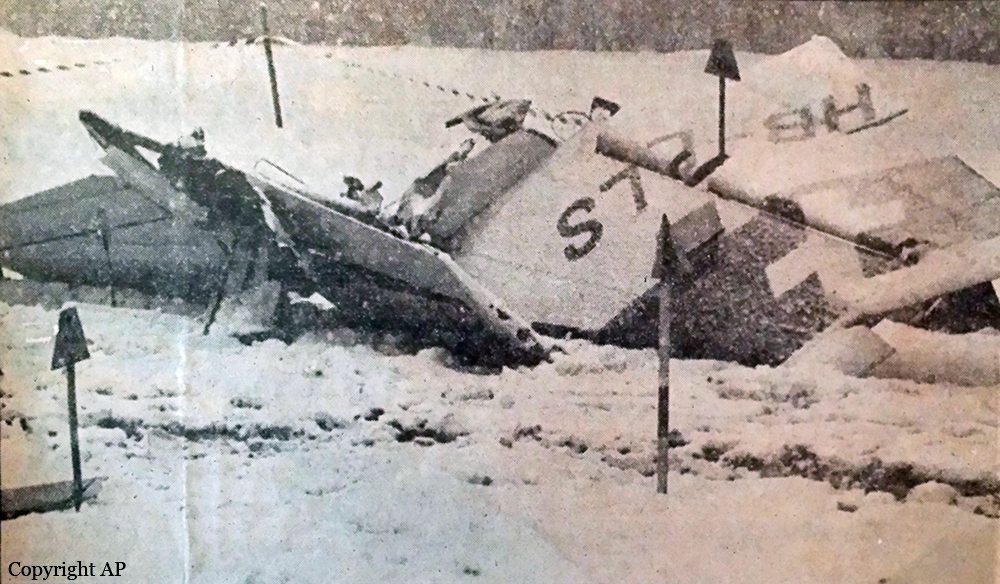Crash of a Cessna 425 Conquest I in Augusta
Date & Time:
Jan 31, 1990 at 1415 LT
Registration:
N6846D
Survivors:
Yes
Schedule:
Columbia - Augusta
MSN:
425-0078
YOM:
1981
Crew on board:
1
Crew fatalities:
Pax on board:
0
Pax fatalities:
Other fatalities:
Total fatalities:
0
Captain / Total hours on type:
308.00
Aircraft flight hours:
1392
Circumstances:
The pilot detected an unacceptable sink rate on short final approach and initiated a go-around. After applying power and retracting the landing gear, the left wing dropped and struck the runway. The aircraft then ground looped and came to rest with substantial damage. The pilot escaped uninjured while the aircraft was damaged beyond repair.
Probable cause:
Failure of the pilot to maintain control of the aircraft during the go-around. A factor related to the accident was: the pilot's delay in initiating the go-around.
Final Report:






